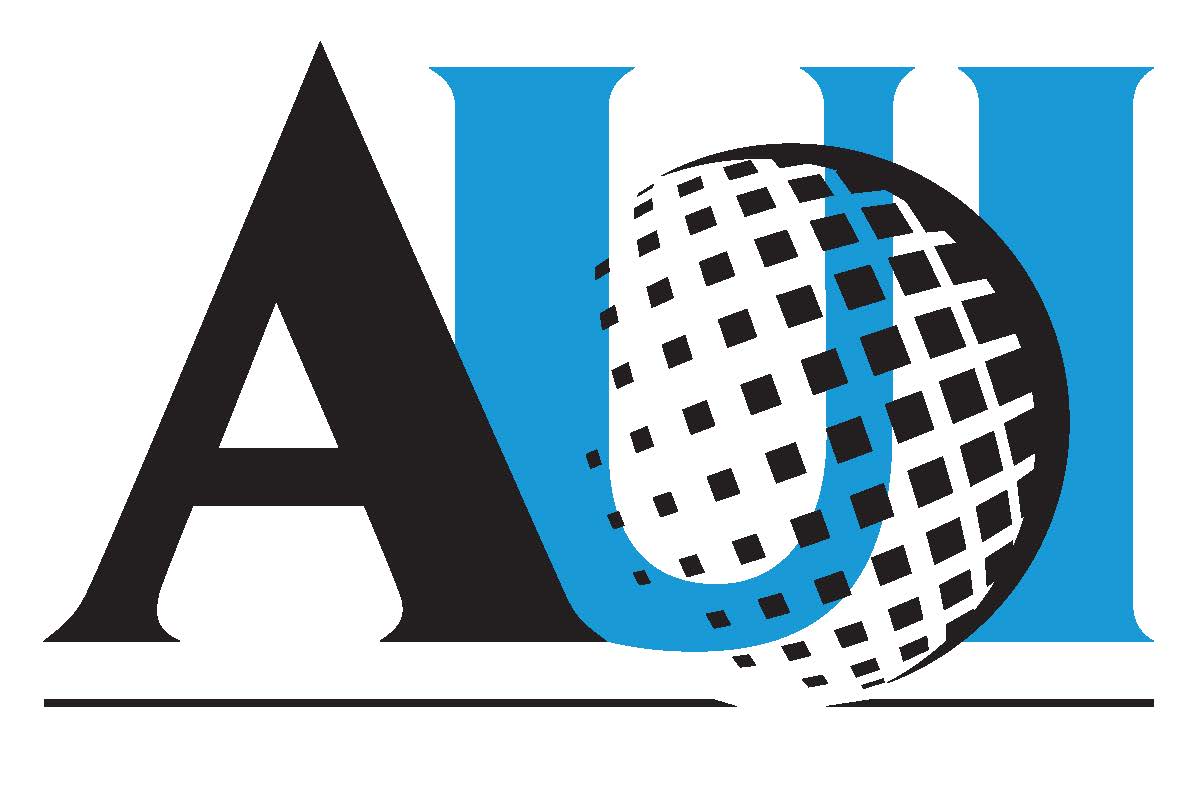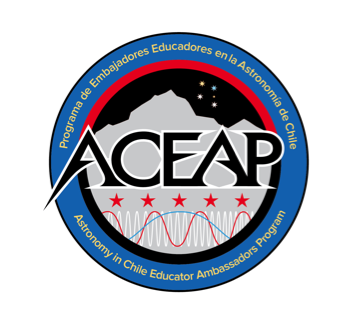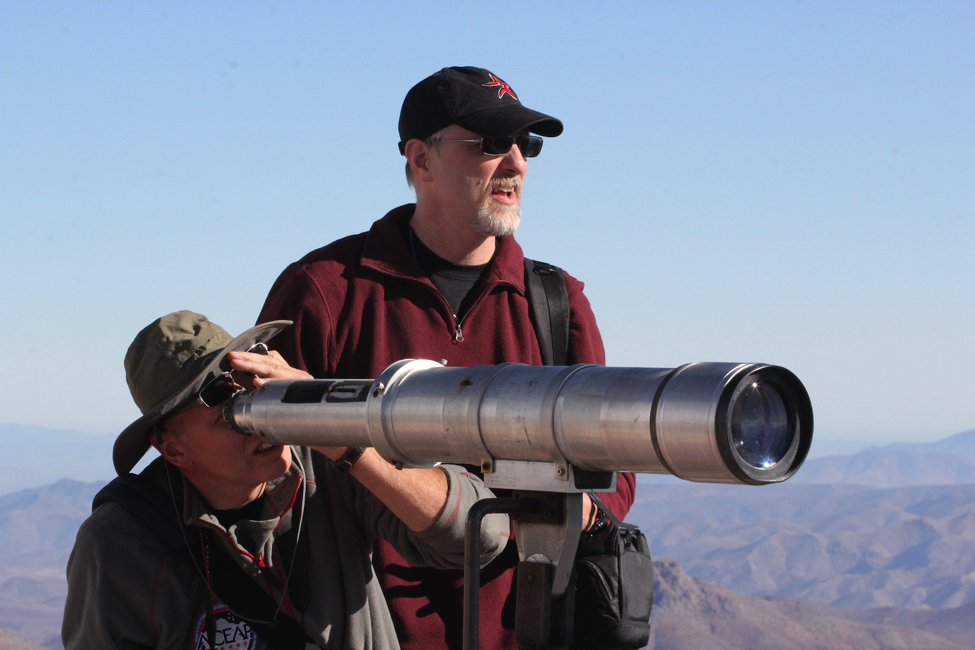ASTRO ACCEL brings together researchers and practitioners in the domains of astronomy education, engagement, communication and culture to connect stakeholders and advance these areas of research, proudly unveils its inaugural cohort of eight early career researchers.
Recent News
NSF Funds New Opportunity for Undergraduate Students
AUI and UNC-Chapel Hill are currently seeking undergraduate students to contribute to cutting-edge research in astronomy education. This paid opportunity, open to education and STEM majors, explores the impacts of new curriculum centered on the use of robotic telescopes.
Stellar Explosions and Cosmic Chemistry
Astronomers have discovered the secrets of a starburst galaxy producing new stars at a rate much faster than our Milk Way. This research revealed many different molecules, more than ever seen before in a galaxy like this.
Applications being accepted for the 2016 Astronomy in Chile Educator Ambassadors Program
If you have a love of astronomy, a thirst for travel, and a desire to share this passion with others apply now to become part of the 2016 Astronomy in Chile Educator Ambassadors Program (ACEAP) cohort.
This program, in its second year, will bring amateur astronomers, planetarium personnel, and astronomy educators of all levels to several of the U.S.-funded astronomy facilities in Chile. While there, this first class of ambassadors will receive in-depth, behind-the-scenes information on the instruments, science, and research coming out of some of the world’s most productive and advanced astronomy observatories. In addition, participants will learn essential communication skills to help share these exciting experiences with others.
The Astronomy in Chile Educator Ambassadors Program is a collaborative project of Associated Universities, Inc., the National Radio Astronomy Observatory, National Optical Astronomy Observatory, and Gemini Observatory. It is supported by the National Science Foundation.
The United States operates and supports leading astronomy research facilities in Chile, with new facilities already underway. These facilities, which take advantage of the superb observing conditions in Chile, are helping to reshape our understanding of the cosmos.
Eligible individuals for this program, who must be U.S. citizens or permanent U.S. residents, include amateur astronomers, kindergarten through college (formal and informal) educators who teach astronomy as part of their curriculum or program, and planetarium educators and others who communicate astronomy to the public.
A total of nine ambassadors will be selected each year from across the United States and its territories. Throughout late winter and early spring, Ambassadors will attend a series of virtual meetings and online training to prepare them for the expedition. The second ACEAP Expedition is scheduled for June 10-20, 2016. The nine-day expedition will include stops at the Cerro Tololo Inter-American Observatory (CTIO), Gemini-South Observatory, and the Atacama Large Millimeter/submillimeter Array (ALMA).
Participants will also experience Chilean culture and society, and the astro-tourism industry that has emerged in Chile. In addition to the professional facilities, ACEAP Ambassadors will visit smaller amateur-public observatories. Weather permitting, nighttime observing opportunities will be made available.
ACEAP takes a shared cost approach so the majority of the cost for each ambassador is covered by the NSF grant. Each ambassador (or their institution or sponsor) will be responsible for airfare from the United States to Santiago, Chile, and from Santiago to Calama and La Serena. Additional details can be found on the application site.
To learn more about the program and to apply, go to: https://public.nrao.edu/look-deeper/aceap/ or visit us on Facebook at https://www.facebook.com/AstronomyAmbassadorsProgram/ to check out recent activities and the 2015 ACEAP experience in Chile.
The ACEAP Team clockwise starting from far left: Ryan Hannahoe, Peter Detterline, Jim O’Leary, Michael Prokosch, Sergio Cabezon, Brian Koberlein, Renae Kerrigan, Vivian White, Charles Blue, Sarah Komperud, and Shannon Schmoll. (Photo by Tim Spuck/AUI)
2015 ACEAP Ambassador Vivian White at Gemini South Observatory! (Photo by Tim Spuck/AUI)
2015 ACEAP Ambassadors Pete Deterline (looking through telescope) and Michael Prokosch enjoy the views from CTIO! (Photo by Tim Spuck/AUI)
The ACEAP 2015 Team at CTIO. (Photo by Tim Spuck/AUI)
2015 ACEAP Ambassador Renae Kerrigan at ALMA! (Photo by Tim Spuck/AUI)
Recent News
ASTRO ACCEL Announces Inaugural Cohort of Early Career Researchers
ASTRO ACCEL brings together researchers and practitioners in the domains of astronomy education, engagement, communication and culture to connect stakeholders and advance these areas of research, proudly unveils its inaugural cohort of eight early career researchers.
NSF Funds New Opportunity for Undergraduate Students
AUI and UNC-Chapel Hill are currently seeking undergraduate students to contribute to cutting-edge research in astronomy education. This paid opportunity, open to education and STEM majors, explores the impacts of new curriculum centered on the use of robotic telescopes.
Stellar Explosions and Cosmic Chemistry
Astronomers have discovered the secrets of a starburst galaxy producing new stars at a rate much faster than our Milk Way. This research revealed many different molecules, more than ever seen before in a galaxy like this.






